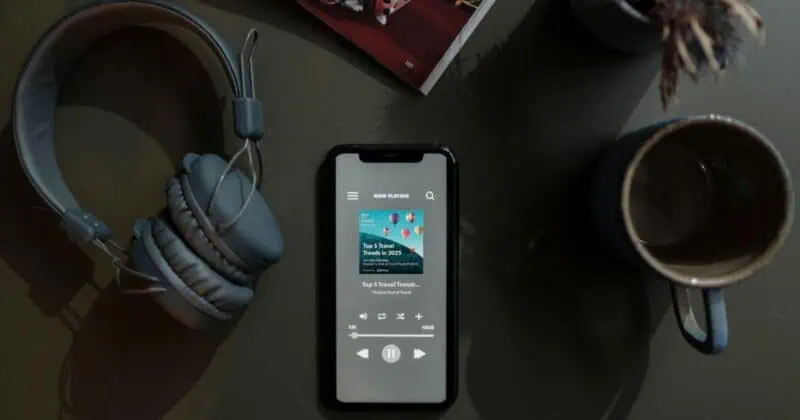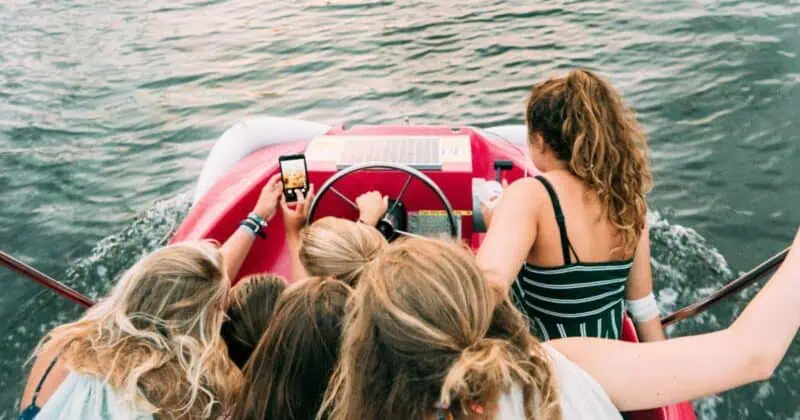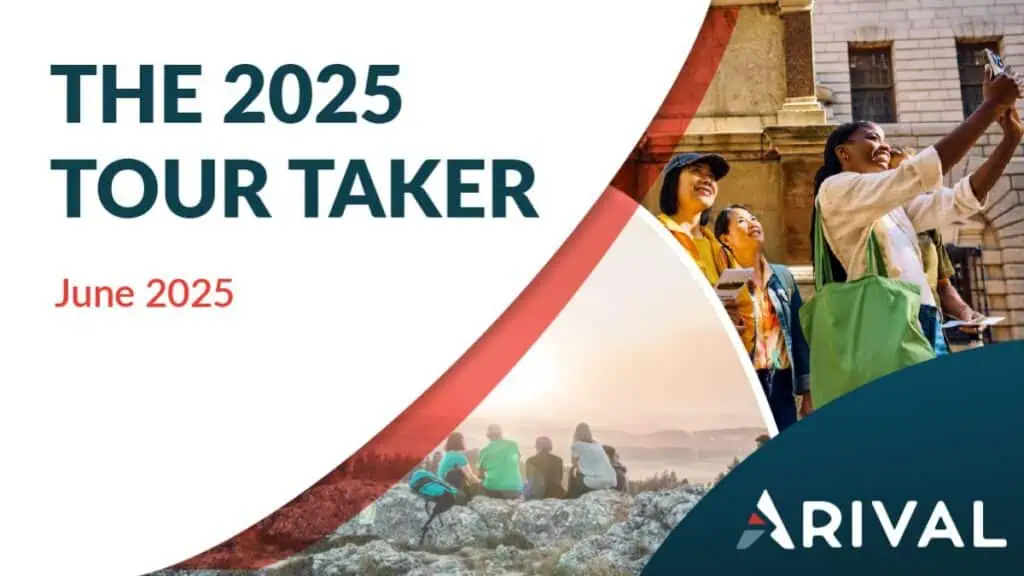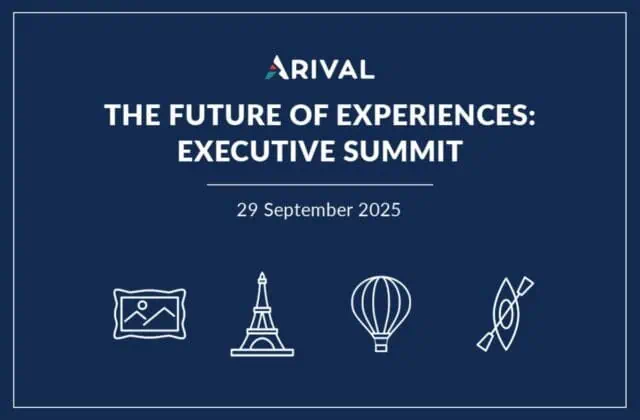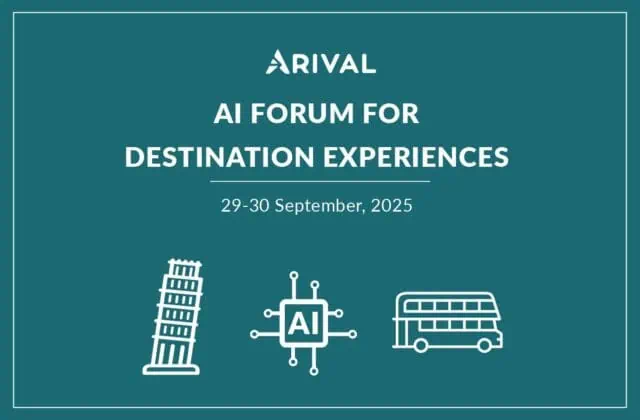It was 2004, and Luke Taylor was working at Amazon. It was the early days of e-commerce, and although Amazon had by then expanded beyond selling books, the company was far from reaching its current $1 trillion valuation. Back then, there was a palpable excitement that he and his team were working on something that wasn’t just important to Amazon’s business, but something that was vital to the future of retail.
Now a director of Expedia Local Expert, Taylor says there’s a similar buzz within the in-destination industry. “What’s exciting for me is that you feel this hum around the sector. At Amazon, you could feel our work was reshaping the way the industry works. That’s what I’m feeling right now at Expedia,” says Taylor. “It’s like you’re in a concert hall or sports stadium—everyone inside is feeling a sense of anticipation.”
With the tours, activities and attractions category accelerating at a breakneck pace—and the emergence and growth of tech companies making it easier than ever to get “Things To Do” products in the hands of travelers—in-destination innovations are laying the foundation for the entire travel industry.
Here, we chat with Taylor about the biggest opportunities—and threats—to the industry, how Expedia is leveraging the excitement of tours, activities and attractions to boost other parts of travel such as flights and hotels, and the specific tech challenges our industry must overcome for continued growth.
What threats or limitations do you identify in the tours, activities and attractions sector?
Luke Taylor: One of the things that other industries have done very early on is they’ve solved the challenges around connectivity protocols. They’ve made it easy for suppliers and distributors around the world to sell their products in a number of different channels. Our industry hasn’t done this yet.
It’s easy to solve if you’re talking about a hotel because hotels have the same sort of standards and attributes. But when you consider the differences between a small group tour versus a hop-on, hop-off bus tour versus a theme park, you can see how much of a challenge this is to solve.
What benefits would the industry reap if these tech issues were alleviated?
Suppliers would find it a lot easier to sell their products successfully on a number of channels, and that would make the industry as a whole grow.
Expedia specifically would benefit from this because the more people travel for in-destination, the more they think about and book destination services such as flights, hotels, and transportation. The biggest opportunity for us is to lead with selling traveler’s attractions or activities. The transportation and hotel part is almost ancillary.
What indicators suggest travelers are taking an activities-first approach to booking trips?
We don’t have any published data quite yet, but we’re seeing a pattern emerge that suggests people are searching first for “Things to Do,” and once they decide on certain activities they book their hotel and flights around that plan. It’s not conclusive at this stage, but it’s a good indicator of evolving traveler booking patterns.
What is Expedia doing to help solve the aforementioned tech challenges?
One of the biggest challenges is the standardization of APIs and protocols out there. There’s no one industry API that everyone can get behind. Until we do that, it’s the suppliers who are taking on the huge technical overhead into distributing their products—many of which don’t have the resources to do so.
Expedia is hoping to bring everyone together to talk about how to standardize the industry—it’s something we’re putting a lot of focus on especially over the next 12 months.







